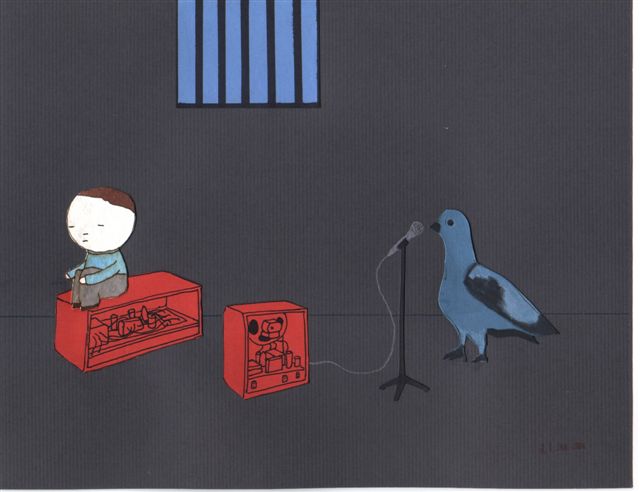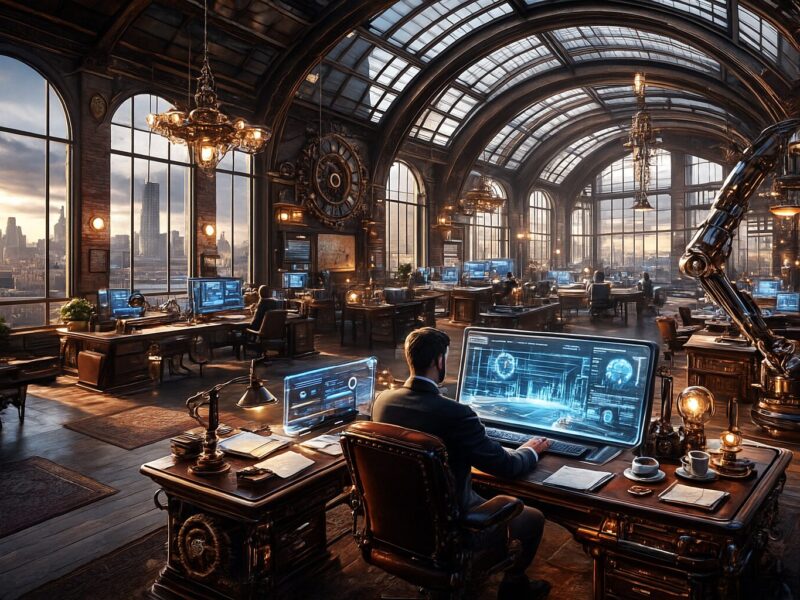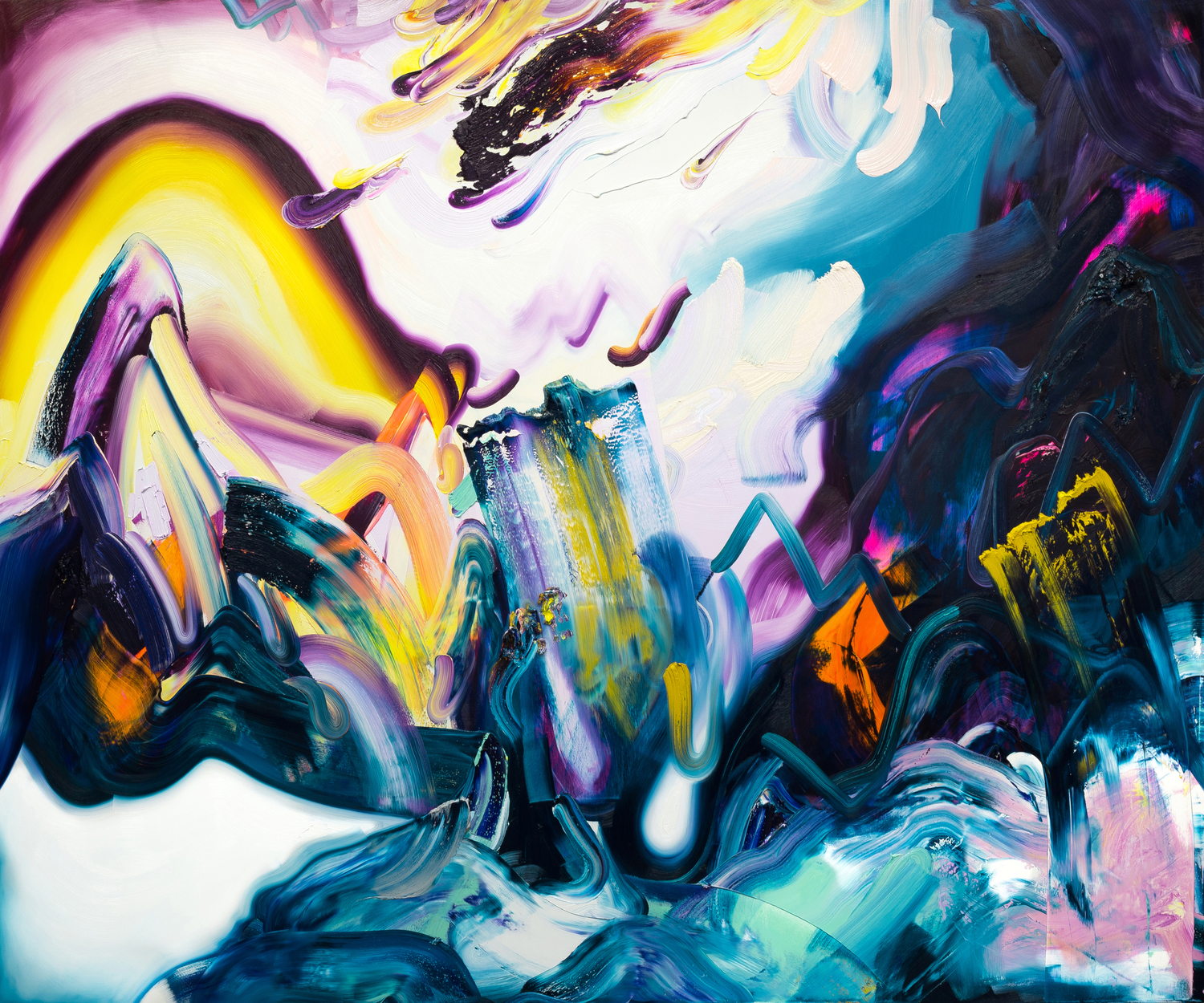
By Randy Gladman
“I would like some bad-acting and wrong-thinking. I would like to see some art that is courageously silly and frivolous, that cannot be construed as anything else.” So wrote the art and culture critic Dave Hickey in an essay that appeared in Art issues during the summer of 1996. Though it is unlikely they were aware of this request, the young members of the Winnipeg-based drawing collective known as The Royal Art Lodge first formed in the same year and have worked collaboratively to unwittingly realize Mr. Hickey’s desire. Their group show at the prestigious Drawing Center in Manhattan, with nearly 500 works on display, proposes a reinvention of drawing itself by raising a simpleton’s understanding of the world above all other markers of value. “Ask the Dust,” curated by Wayne Baerwaldt and Joseph R. Wolin, travelled to Toronto’s Power Plant and De Vleeshal in the Dutch city of Middelburg.
The inventive and delightfully serendipitous drawings, sculptures and dolls in this show derive from a collaborative practice by the eight members of the group: Michael Dumontier, Hollie Dzama, Marcel Dzama, Neil Farber, Drue Langlois, Myles Langlois, Jonathan Pylypchuk and Adrian Williams. Frequently combining text and image and always offering visual narratives open to interpretation, these artists create post-surrealistic landscapes populated by simply and awkwardly rendered characters who question or fall victim to the lassitude of an imperfect, stupid and mean-spirited world. The ideas presented in these works seem to be fragments of fuller unrealized concepts and their charm and intelligence result from a complete disregard for the traditionally expected and accepted norms of draftsmanship, narrative completion and concern for the audience’s understanding. Just as Kurt Cobain’s influence repressed virtuosic instrumentation in rock music, the images in this exhibition subvert what we think a ‘good’ drawing is supposed to be. Through sheer persistence of vision and practice, The Royal Art Lodge validate and qualify a truly childlike aesthetic.
There are many weak works on display that could have been edited without diminishing the scope of this examination of the group’s output. And the strongest works by the individual artists were not in this show, perhaps because of demands from their galleries (in New York, Dzama shows with David Zwirner, Pylypchuk with Friedrich Petzel and Farber with Clementine). But “Ask the Dust” as a whole joyously exposes a fresh and creative vision that brings to contemporary drawing the same kind of awkwardly geeky and shuffling brilliance Don McKellar’s films lend to cinema. Just as McKellar’s films negate the very existence of Hollywood’s cultural hegemony, the free-range work of The Royal Art Lodge provides scratching explorations and interrogations of a world oblivious to the grand expectations and ambitions of mainstream contemporary art.
By Randy Gladman. Originally published in Canadian Art, Vol. 20, No. 2, Summer 2003

